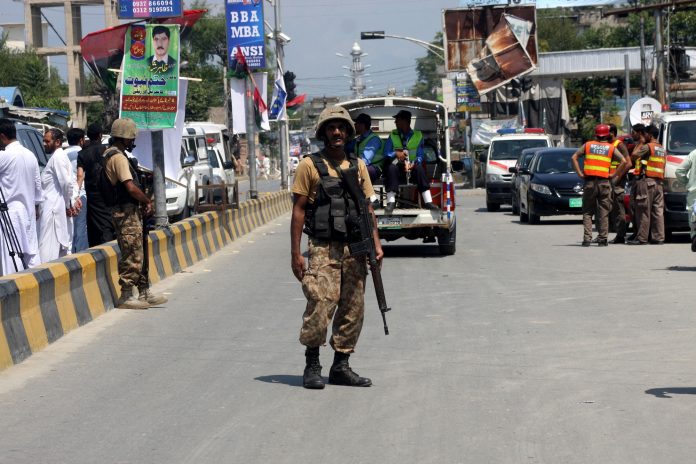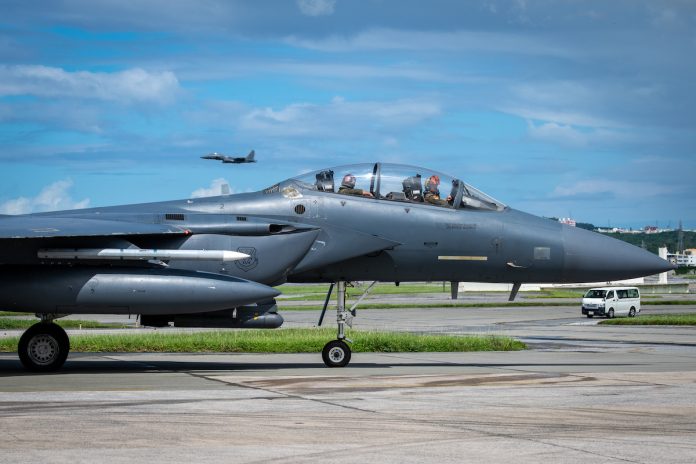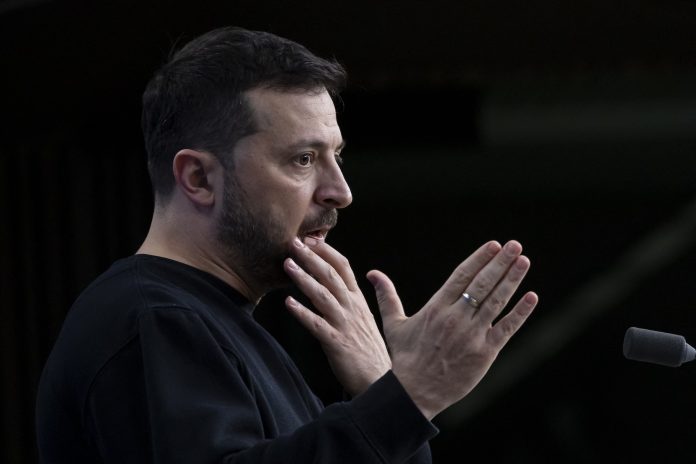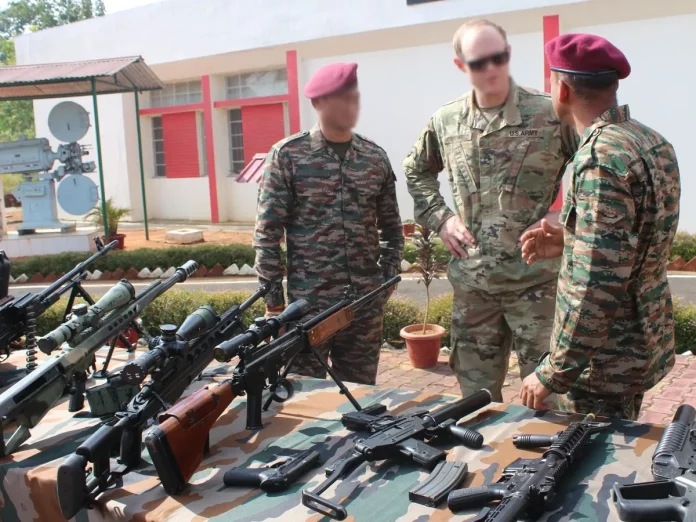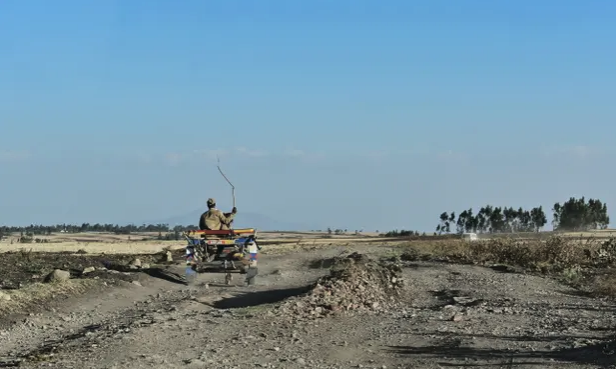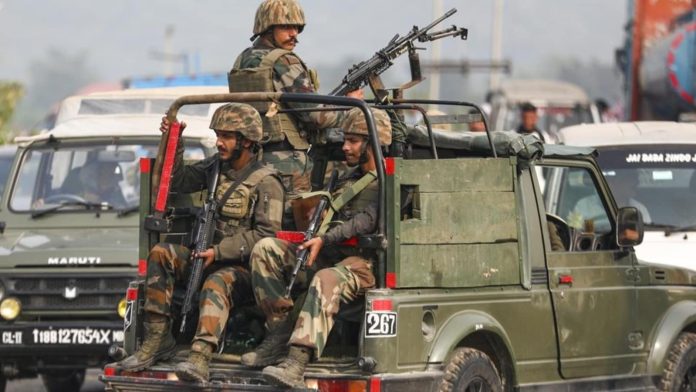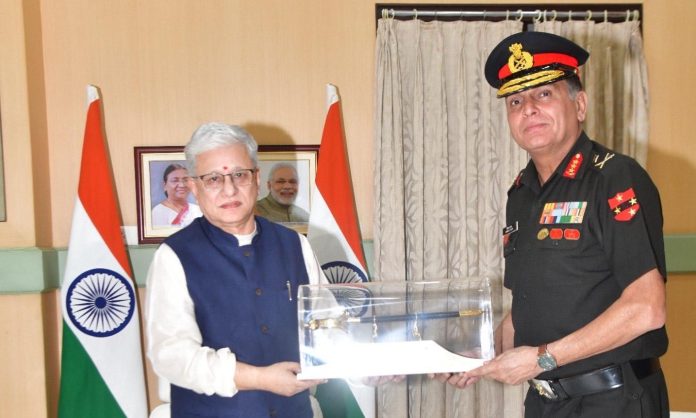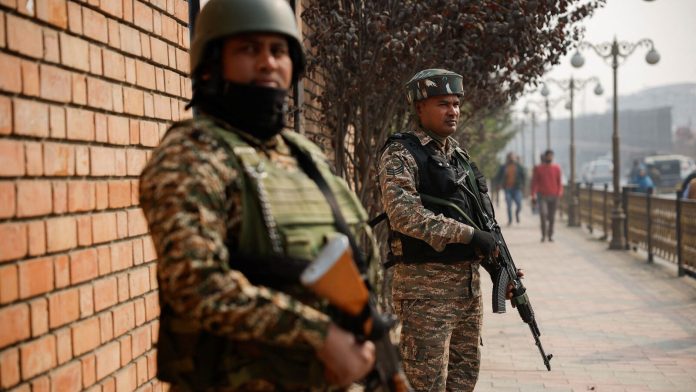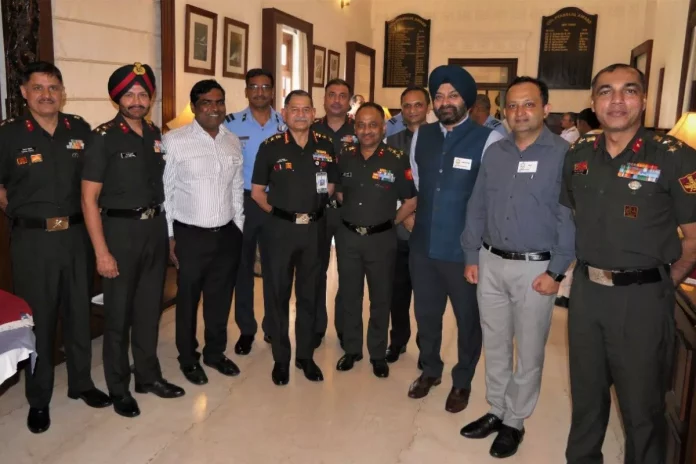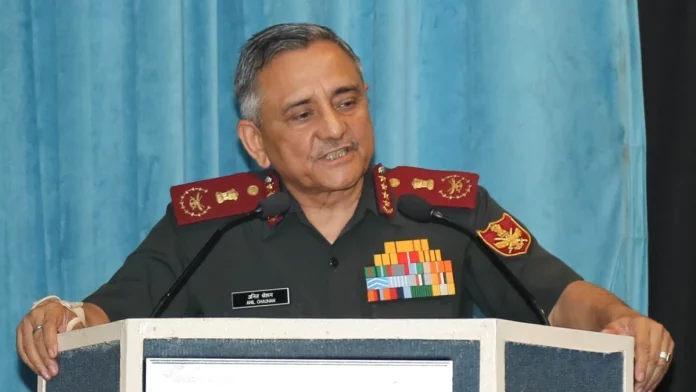In a significant escalation of violence in Pakistan’s northwest, the military reported that four soldiers and five militants lost their lives in a clash in the South Waziristan district of Khyber Pakhtunkhwa province. The incident, which unfolded on Wednesday, was described in a military statement released on Thursday, highlighting the intensity of the exchange that resulted in both military and militant casualties.
The military’s statement praised the soldiers, referring to them as “brave sons of soil” who fought gallantly and “embraced Shahadat” or martyrdom during the confrontation. The clash marks another troubling chapter in the ongoing struggle against militant factions operating in the region.
Following the incident, Prime Minister Shehbaz Sharif expressed his “grief and sorrow” over the deaths of the soldiers, emphasizing the government’s unwavering commitment to combating terrorism in Pakistan. In a statement from his office, he declared that the country’s fight against terrorists would persist “until the complete elimination of terrorism from the country.”
This latest encounter underscores the precarious security situation in Pakistan, particularly in the wake of a recent spike in violence attributed to various militant groups. Just last month, ten police officers were killed in an assault on a security checkpoint, an attack that was claimed by Tehreek-e-Taliban Pakistan (TTP), the domestic Taliban faction.
Since 2021, the security environment in Pakistan has deteriorated, with a notable resurgence in militant violence across its western regions. This uptick in violence has been closely linked to the return of the Taliban to power in Afghanistan, prompting Islamabad to accuse the Taliban regime of failing to eliminate militant groups that use Afghan territory to launch attacks inside Pakistan. The ongoing skirmishes highlight the fragile and volatile nature of security in the region, as both the military and government continue to grapple with the challenges posed by militant insurgencies.

